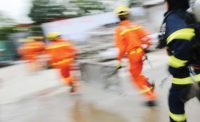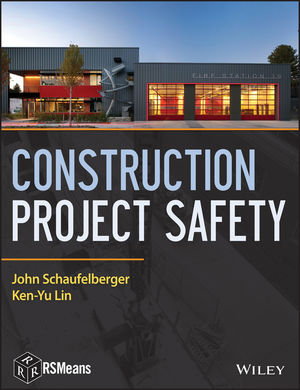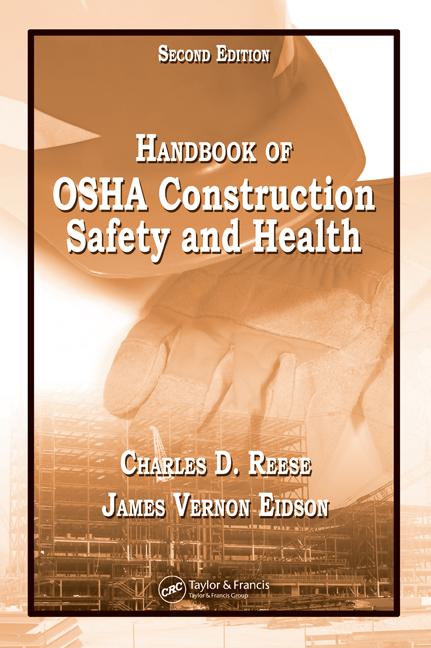
Between a 911 call and the arrival of paramedics and an ambulance, a crucial difference to an accident victim’s recovery on a construction site can be made by the immediate onsite availability of trained employee-responders with the right first-aid equipment and supplies.
The OSHA basics
For the basic first-aid requirements of OSHA regulations as they apply to construction, it is important to review:
- OSHA 29 CFR 1926 Subpart C, which covers general safety and health provisions
- OSHA 29 CFR 1926.23 Subpart D for providing first aid, medical attention and quick access to nearby emergency facilities for every employee
- OSHA 29 CFR 1926.50, which is specific for the construction industry.
Employer responsibilities
Some key points in these regulations:
- A person holding a valid first-aid-training certificate must be available to render aid to injured employees if there is not a physician, clinic or hospital in close proximity to the worksite. Where serious injuries may occur, OSHA usually interprets “close proximity” to be three or four minutes to the site. “Serious injuries” are interpreted as those likely to result in permanent injury or death if help is not available within a few minutes. Unless nearby emergency facilities and/or trained EMS responders from local rescue services are available within that time, the employer must have enough trained responders always available to cover each job site during all work hours.
- The employer must provide a communication system for contacting emergency responders with appropriate transport equipment, and must post highly visible emergency telephone numbers if the job site is in a location where 911 service is not available.
First-aid supplies
Minimum requirements and recommendations for worksite first-aid kits are summarized on the American National Standards Institute/International Safety Equipment Association Z308.1-2009 label. Each required and recommended item must meet performance requirements stated in the ANSI standard for the kit to be OSHA-compliant. Copies of the standard can be purchased from the ISEA at www.safetyequipment.org.
First-aid supplies must be easily accessible, stored in a required, weatherproof container with individual sealed packages for each item. First-aid kits sent to job sites must be checked weekly to ensure that any items that have been used or expired are replaced. It often is best for trained responders to carry and take responsibility for restocking their own portable first-aid kits. Metal kits are recommended where potential for damage to the kit is substantial.
Beyond the minimum
We highly recommend that first-aid programs and kits for construction sites go beyond the minimal requirements, particularly when there are multiple operations at one location, large worksites or changing conditions. In addition, for large projects, it may be advisable to keep a bulk “restocking” supply of first-aid materials in a cabinet at a central location such as a construction trailer at the job site.
To assist in providing the right mix of first-aid training, supplies and equipment, employers should:
- Use OSHA 200 log and OSHA 101 tools, available at www.osha.gov
- Consult with local fire/rescue department professionals
- Consult with medical professionals at local emergency rooms and clinics
A hazard and risk assessment performed at regular intervals will help identify and update the specific needs of each worksite, and help employers determine which “reasonably anticipated” supplies should be made available as project and environmental conditions change. Beyond the basic construction first-aid kit, common examples of first-aid equipment and supplies for construction sites include:
Bloodborne pathogen kits: Bloodborne pathogen kits should be available for employee responders reasonably expected to be exposed to profuse bleeding caused in many types of accidents or other potentially infectious materials while rendering first aid. These kits should conform to the OSHA 1910.1030 bloodborne pathogen regulation, and contain personal protective equipment (gloves, gowns, face shields, masks and eye protection) as well as disposal supplies that can be used during treatment and cleanup. (See “First aid in an era of biohazards,” ISHN, November 2009, for more detailed information.)
Eyewash & shower stations: Where an employee’s eyes or body may be exposed to corrosive materials or chemicals, the employer must provide suitable facilities for quick drenching or flushing of the eyes and body. OSHA does not approve any product, including eyewash stations, but letters of interpretation reference ANSI standard Z358.1, which states the rate of flow at 0.4gpm and the duration of flow to be 15 minutes for portable stations. Portable bottles of eyewash may only be used in the quick treatment of less serious eye and skin irritations.
CPR: CPR training is recommended for construction sites. A CPR kit with automated external defibrillator as well as microshields/filtershields and oxygen can be crucial to saving a life.
Burn kits: Universal supplies for general-purpose of specialty kits, such as welders burn kits, include scissors, medical gloves and gel-soaked dressings to help draw heat from a burn. Other supplies may include gel-soaked face masks, dry dressings to protect burned skin from contaminants, fire blankets to help extinguish flames or smoldering materials, and gels and sprays for pain relief of minor burns and protection from infection.
Medicinals: Providing over-the-counter medications to ill employees can improve and sustain productivity, help boost morale and performance, and decrease accidents and absenteeism. While the employer may make OTC medications available in unit-dosage, tamper-evident packaging that complies with FDA labeling requirements, the employee requesting them assumes total risk and liability for their consumption.



